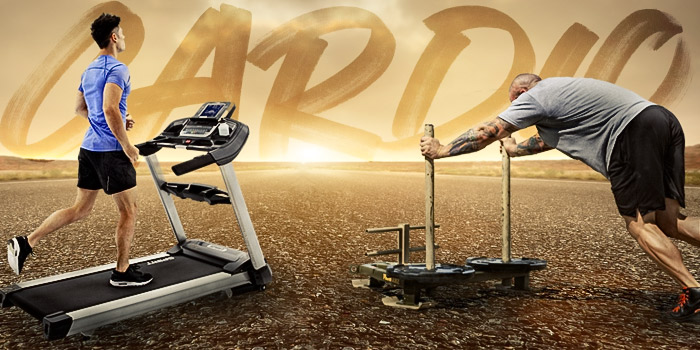
Cardio: It gets your heart pumping. Adding a bit of it might just be what separates you from the next guy or girl stepping onto the platform, stage, arena, and pitcher's mound.
But where do you start? There’s so much cardio out there!
For the powerlifter, bodybuilder, strongman, and athlete, here's what Dave Tate, Mark Dugdale, Matt Mills, and Nate Harvey recommend as a starting point to reach your goals.
Powerlifting
1. Walks
My number one tool is your ass. Get off of it and move your feet. Take a walk around the block. Just wake up in the morning, get dressed, and go. Do that for two weeks. I dare you to tell me that your workouts don’t improve after that. I dare you.
I’m always going to prioritize this piece of equipment over my third choice because it’s easier to work with. It’s easy to use indoors and out and it weighs next to nothing. Plus, we put them on sale pretty regularly so you can pick one up for a pretty good price. Dragging a sled is more than dragging with a strap around your waist. There are straps you can use for working on your upper body, too.
To quote Joe DeFranco, “Nothing conditions a person like the Prowler.” You will need to ease into it. As a powerlifter, your goal is not to puke, and if you take your time, you won’t puke. Ease into it. Please.
Strongman
The Rower I didn’t start using until about a year ago. I always thought it would be too much on the lower back with all of the strongman events combined, and I couldn’t be more wrong. The lower back absolutely works, but the light load made my back feel even better from the increased blood flow. It’s also a full-body motion working your legs and even your grip. My recovery in-between events improved greatly.
Strongman can be very rough on your joints, and specifically your knees. Heavy yoke and farmers walks take a toll over time. When adding conditioning to a strongman program, you have to do things that are low impact but still get the heart and lungs working. The Jacobs Ladder Stairway does just that and more. Stairs were always a staple of mine as an athlete growing up, as well as running hills to improve conditioning.
With the stairway, you get a great leg workout using your quads, hamstrings, and glutes, which is one of the best cardio workouts you can do after a hard squat workout. Keep it at a steady pace for 20 minutes, and your legs will feel better each time you do it.
The Prowler should be on everyone’s list as the top conditioning tool. There is just nothing that compares to it.
My favorite way to use the Prowler is on an off training day, going 50 feet on the high handles, then bringing it back 50 feet on the low handles. Keep it at a lighter weight and cover 1,000 feet with short rest periods.
Another one of my favorites to use with the Prowler is adding in the drive pad. You can push the Prowler backward in a wall sit position and get a crazy burn in the quads, or you can use it to push it in a bear crawl position. Either way you use the prowler, it will get you in the best shape of your life.
So many events in strongman require you to push, pull, and drag implements with your legs cramping up, and your lungs on fire struggling to breathe. The Prowler will get you ready for any event.
Bodybuilding
To be completely transparent, I rarely did cardio while preparing for a bodybuilding competition. In fact, the only activity I did religiously that elevated my heart rate and made me sweat was Hot Yoga. I did it three times per week and still do.
The only other piece I used occasionally when preparing was an Air Assault Bike in which I performed circuits — 15 seconds balls-out, 30 seconds slow, repeat 8 times = 6 minutes of work. Add in a 2-minute warm-up and 2-minute cooldown, and I was done in 10 minutes.
If I had to select another form of cardio, I would go with a Prowler. HIIT cardio is best for muscle retention.
Athletic Conditioning
These are my favorites for bringing up the oxidative system because they are SUPER versatile. Some of my favorite variations are:
- Low weight drags for time (15-30 minutes). With these, we are only trying to train the oxidative system. Most of the recovery in sports happens here, so it's important not to neglect this energy system. We only need the heart rate to get to 60 to 80 percent of max for these drags.
- Low weight drags with upper body rehab or weakness training (15-30 minutes). Keep the heart rate relatively low again for these while you are walking. Pick a few different movements you can do while walking and perform them to positive failure (when you can’t do the current exercise) and switch to another one. Repeat this the entire time you walk. You can improve your conditioning and bring up a weak area or rehab an injury at the same time. For example, you could do banded pullaparts, external banded rotations, isolated banded pullapart holds, and external rotation holds while you walk. Do one until you can’t do it anymore, and then go to the next one. Keep repeating the cycle of exercises until you’re done walking.
- Low weight drags and one-armed dumbbell farmers carry (15-30 minutes). Switch the hand you’re carrying with when your other hand gets tired.
These were most commonly used for short sprints to mimic hill sprints and forward lean. Put enough weight on so the athlete looks/feels like they are able to obtain 75 percent of a flat ground sprint. I can’t give specific loads because these are going to be highly dependent on the athlete’s strength level and the friction of the surface being run on. There are tons of ways to load these for different training outcomes, but this is my go-to for athletes who are new to this stimulus.
Keep the sprint times 12 seconds or under and the rest periods long for the development of speed. We’re not trying to build up a bunch of lactic acid with these. A 50- to 100-second rest will work, depending on the athlete’s conditioning.
This might not be the most popular answer, but machines are a good option, too. Hop on a treadmill, elliptical, rower, or bike, and match your work-rest ratio and intensities that you need for your athlete at the time.
Athletes spend a large portion of their year doing “sport-specific” running and conditioning all year long. Using these options as an alternative to the repetitive stress they get from their sport is a very viable and simple option.
When using these options, don’t get too dependent on them for too long; this is where you can run into decreased performance.









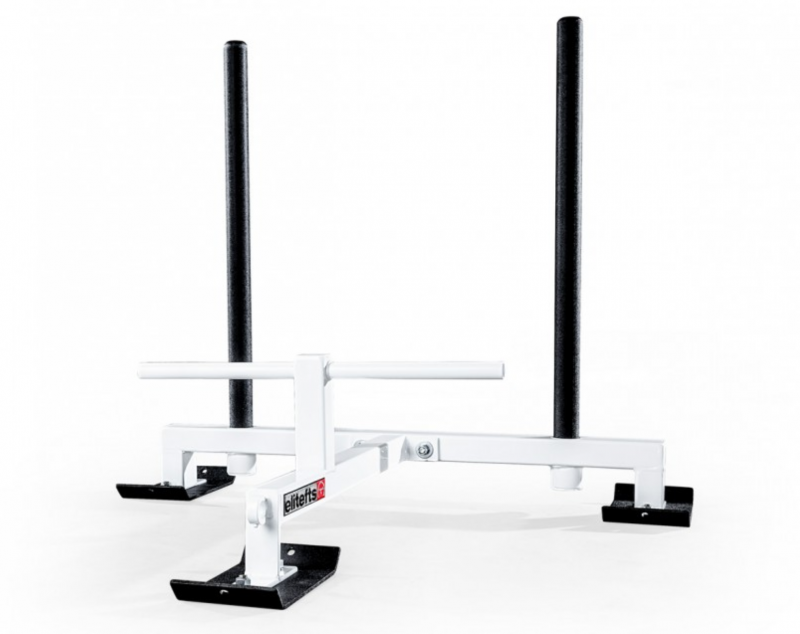
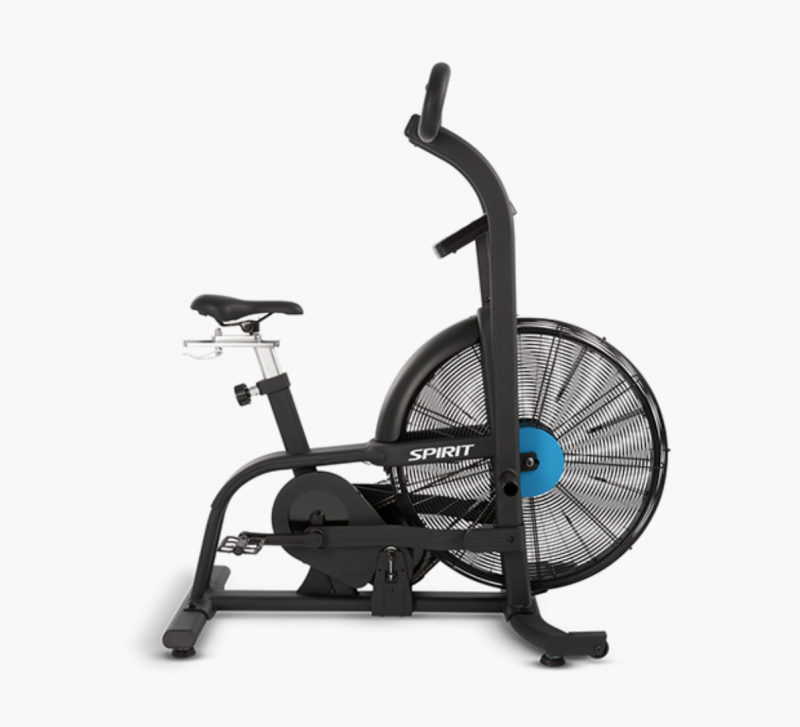
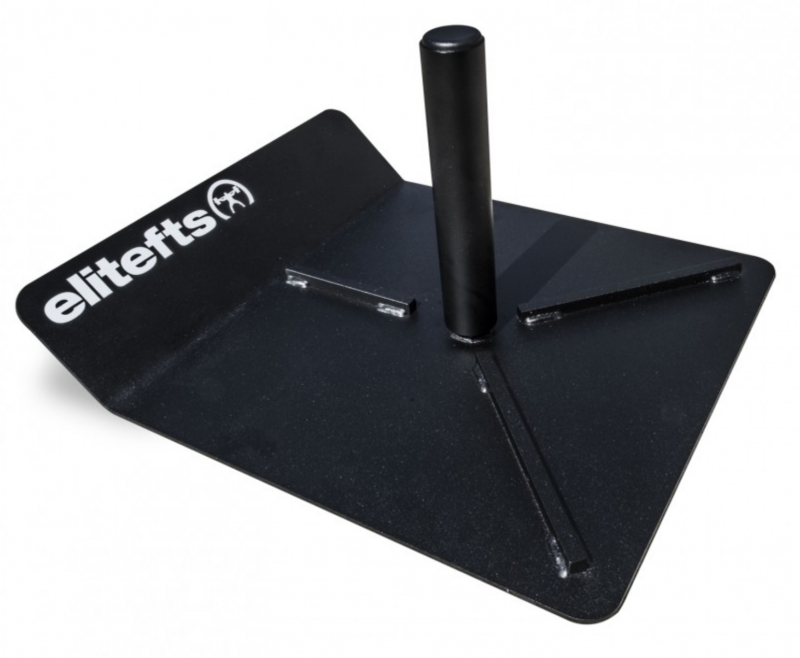
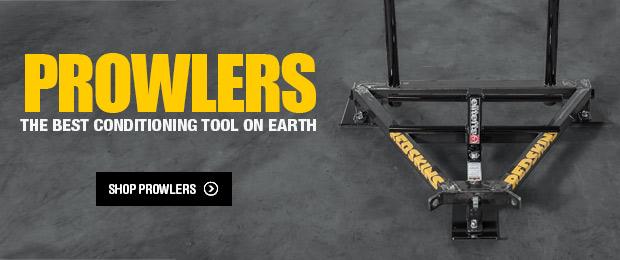
The only exercise I would add is lunges, walking or stationary. They require just a little space and no equipment and give you an awesome leg pump without any stress on the lower back. I've especially found them to have an enormous amount of carryover to ruck marching since they're low-impact but still extremely challenging for both muscle fatigue and cardiovascular conditioning.
Thanks for all the great content, guys. I've listened to all the Table Talk podcasts and look forward to the next ones.
As for lunges, have you read "An Easy Lunge Regression"? It might be a good way to change up your lunge. It's a short article with a video, so give it a read and a try and let us know how it goes.
Another option is to get a pair, or several different sizes, of swim paddles. They go on your hands and you can do all sorts of upper body movements with them.
Give your hams and glutes a workout with a pair of Zoomer swim fins.
Give the pool a try, you'll love it!